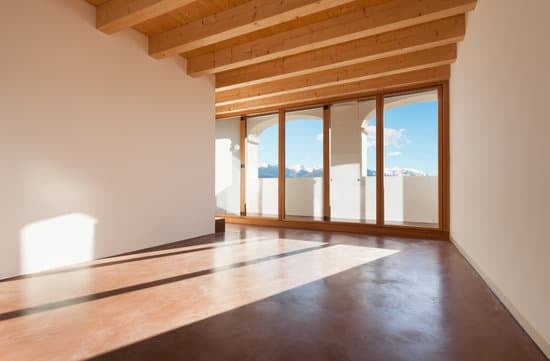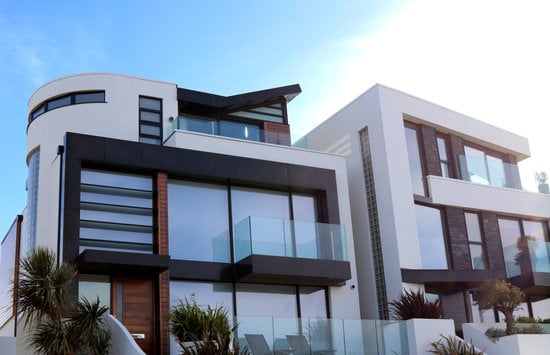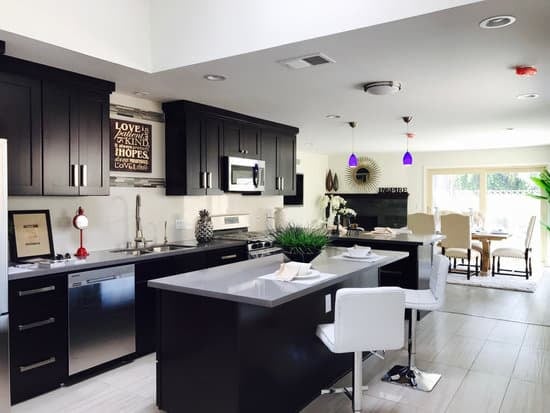Understanding the Lifespan of Your Roof
A roof is one of the most critical components of your home. It protects you and your loved ones from the elements and shields your property from damage. Therefore, it is necessary to understand the lifespan of your roof and when it may need replacing. As stated by the NAHB, the lifespan of your roof depends on the type of material used. The most long-lasting roofing materials include copper, slate tiles, and slate roofs. Homeowners who install these materials can expect their roofs to last well over 50 years, making it an excellent investment in the longevity of their home. However, other commonly used roofing materials such as wooden shake, fiber cement shingles, and asphalt compositions have different life expectancies. Wooden shake roofs, for instance, can last for about 30 years, while fiber cement shingles and asphalt composition roofs have a lifespan of approximately 25 and 20 years, respectively.The Different Types of Roofing Materials Available
The roofing industry has made tremendous progress in developing a variety of materials for different roofing applications. Each material has its unique features that affect its lifespan, cost, and maintenance. Some roofing materials available in the market include:- Copper
- Slate Tiles
- Slate Roofs
- Wooden Shake
- Fiber Cement Shingles
- Asphalt Composition Roofs
Investing in Copper and Slate Tiles for Longevity
Copper and slate tiles are at the top of the spectrum when it comes to long-lasting roofing materials. Copper roofing has a lifespan of over 50 years and remains one of the most durable roofing options. Slate tiles also have a lifespan of over 50 years, and some slate roofs have been observed to last for over 100 years. Slate is naturally resistant to fire, and it’s ideal for areas with a high risk of wildfires. The durability of these materials makes them an excellent investment for homeowners who want to minimize the cost of replacing their roofs in the future.The True Cost of Installing a Long-Lasting Roof
Copper and slate are not only long-lasting materials, but they also come at a premium cost. Homeowners should be prepared to dig deeper into their pockets for these materials than they would for other roofing options. The price point for copper and slate tiles is often higher than other roofing options due to the longer lifespan and higher durability they offer. However, a homeowner can offset the high cost of installing copper or slate tiles by reducing installation and maintenance costs over time.Wooden Shake Roofs: What You Need to Know
Wooden shake roofs are popular in several regions due to their natural look and feel. However, wooden shake roofs have one of the shortest lifespans, with an expectancy of about 30 years. Wooden shake roofs are susceptible to rot, insect damage, and fire, making them challenging to maintain. Over time, wooden shake roofs may require frequent repairs or even complete replacement, which can be costly. Homeowners who want a natural look and feel for their roofs should consider wooden shake alternatives that offer better durability.Fiber Cement Shingles: Pros and Cons
Fiber cement shingles are a relatively new roofing option that offers an alternative to traditional roofing materials. They are made of cement, sand, and cellulose fibers, making them durable, waterproof, and fire-resistant. Fiber cement shingles also have a lifespan of about 25 years, which puts them on the upper end of the roofing material spectrum. One disadvantage of these shingles is that they can be relatively expensive, costing more than asphalt shingles or wooden shake roofs. However, the benefits of longevity, low maintenance, and durability may outweigh the initial cost for some homeowners.Asphalt Composition Roofs: Short-Term Investment or Steady Choice?
Asphalt composition roofs are the most popular roofing option in America due to their affordability and ease of installation. These shingles are made of fiberglass mat and asphalt, which makes them durable and long-lasting but not as much as other roofing options. Asphalt shingles have a relatively short lifespan of about 20 years, which puts them at the lower end of the roofing material spectrum. Homeowners who install asphalt shingles may need to replace them more frequently than other roofing options. However, the initial low cost of installation makes asphalt shingles an attractive option for homeowners who want to minimize their roofing costs.Tips for Maintaining Your Roof to Maximize Its Lifespan
The longevity of your roof depends on more than the material used. Homeowners can take some steps to ensure their roofs remain in good condition and extend their lifespan, including:- Ensure proper ventilation in the attic area to prevent moisture buildup
- Check for damage after significant weather events, including storms and hurricanes.
- Clean debris such as fallen leaves and branches from any rooftop drainage systems
- Trim trees near the roof area to prevent any damage caused by falling limbs
- Hire a certified roofing contractor to inspect and repair any existing damages or necessary replacements




















